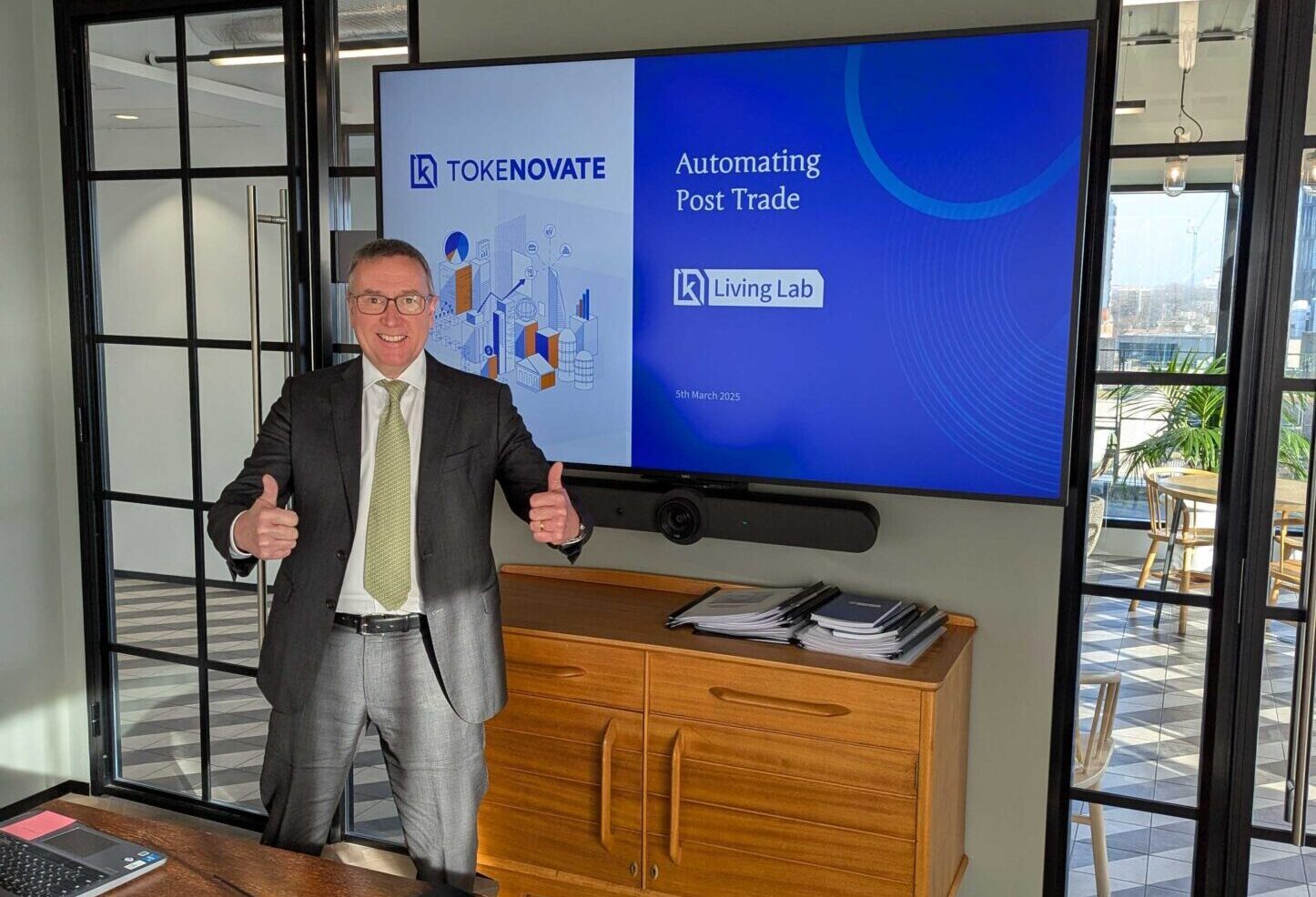The Real Economics of Bitcoin Lies with its Programmable UTXOs
By Richard Baker, Tokenovate CEO and Founder.
As Bitcoin in its many formats (BTC, BCH, BSV, BTG, BCA etc.) completes another halving event, the spotlight is often directed at the expected effects on its market price, hash capacity and miner economics. However, to truly understand Bitcoin’s economic impact and future potential, you must dig into its foundational embedded technology – particularly its use of Unspent Transaction Outputs (UTXOs). UTXOs not only differentiate the Bitcoin protocol from other account-based blockchains, but also illustrate the profound possibilities of programmable utility – or the internet of value.
The Bitcoin Protocol
The Bitcoin protocol is a Proof of Work (PoW), UTXO-based embedded technology. It’s akin to protocols such as TCP/IP, IPv4/v6, EDI or even Bluetooth. It establishes a core communication mechanism within a network through a peer-to-peer connection that exchanges value, checks double-spend and maintains high fidelity, configurable private or public books and records.
The Bitcoin protocol can be deployed as a network by building and operating software nodes, as well as operating block formation Application-Specific Integrated Circuits (ASIC) mining. Here, ASIC miners only have one role to play: they are the “brute force” hash puzzle-solving machines. No data is sent to these mining warehouses, they merely compute the hash puzzle in an effort to win the next block in the network. Approximately every ten minutes a new block is created on the Bitcoin blockchain and the successful miner is now rewarded with 3.125 Bitcoins.
Where The Magic Happens
It’s in the software node where the “magic” happens. Modern nodes run in the Cloud, such as AWS, Google Cloud or Microsoft Azure, and are responsible for processing network transactions into blocks, sharing events, keeping the network ledgers in sync, undertaking the double-spend check and much more.
Each block produces something called a Coinbase output, which underpins the subsidy reward for the miners (now set to 3.125 per block). However, much more important is that each Coinbase output is a unique original transaction without inputs, and forms UTXOs and satoshi’s. This Coinbase UTXO is essentially a blank transaction – it hasn’t been assigned a role in the network yet. What is extraordinary, “magic” even, is that Coinbase output UTXOs are highly programmable and can become anything you need them to be by inscribing artefact data into them. This programmable “container” is the real economic value of the Bitcoin protocol, not the subsidy fee.
What Are UTXOs?
In simple terms, a UTXO is the output of a blockchain transaction that has not been spent yet; it hasn’t been used as an input in a new transaction. Each UTXO represents a chunk of digital currency that can be used in future transactions. Think of it as a small change leftover from a cash transaction. When a transaction occurs, it uses these inputs, which are references to outputs from previous transactions. Each input effectively “spends” a UTXO. New outputs (UTXOs) are then created by the transaction. These UTXOs can subsequently be spent in future transactions. Thus, a transaction in a UTXO-based system can be seen as converting inputs (old UTXOs) into outputs (new UTXOs).
UTXO vs. Account-Based Blockchains
At its core, the Bitcoin protocol uses a UTXO model to track transactions and balances. Unlike account-based systems, such as those used by Ethereum, where the balance is a cumulative total similar to a traditional bank account, Bitcoin’s UTXO model tracks each piece of currency individually, as if they were separate coins in a physical wallet.
The UTXO model has many advantages. Take tracking and privacy, for example. In the UTXO model, each transaction generates new UTXOs, which are indivisible tiny chunks of Bitcoin that can be considered distinct pieces of value. By doing it this way, overall privacy is enhanced because each transaction uses UTXOs from multiple inputs, and it’s therefore not always clear which input corresponds to which output.
Or take state management: Bitcoin’s UTXO model does not require the ledger to track account balances; it only needs to keep track of unspent outputs. This can simplify many aspects of state management and reduce vulnerabilities related to account balances.
The Power of Programmable UTXOs
Bitcoin’s programming language offers unique opportunities through its scripts for creating programmable UTXOs. These programmable UTXOs can carry specific conditions that must be met for the Bitcoins to be spent. This is not simply a feature; it’s a foundational aspect that could re-define financial interactions, from automating supply chain finance to enabling microtransactions, royalties and efficient charitable donations, on the blockchain.
Despite common misconceptions, Bitcoin does support smart contracts through these programmable UTXOs. Scripts can elegantly define conditions such as multi-signature requirements or time locks. Programmable UTXOs can also facilitate more complex financial products directly on the Bitcoin blockchain itself. For example, escrow arrangements, atomic swaps (peer-to-peer transactions) and other decentralised finance applications can be built with Bitcoin’s scripting language, enabling secure and immutable financial agreements without intermediaries.
Looking Ahead: The Economics of Bitcoin Post-Halving
As Bitcoin continues to halve its block reward, the economic security of the network will increasingly depend on transaction fees. Here, the utility of programmable UTXOs will be crucial. By enabling more complex transactions and new types of financial products, Bitcoin can boost its transaction volume and, consequently, the fees collected by miners.
As we look beyond the immediate impact of halving events, the real economic value lies in Bitcoin’s ability to enable secure, programmable transactions that traditional financial systems cannot offer. The Bitcoin protocol, operating on a Proof of Work, UTXO-based system, represents more than just a digital currency – it’s a transformative technology akin to foundational communication protocols like TCP/IP. While ASIC mining handles block formation, software nodes in the Cloud manage transactions and ensure network integrity. The protocol’s unique concept of UTXOs, programmable and versatile, lies at the heart of its economic value, enabling sophisticated financial contracts and products. Unlike account-based systems, Bitcoin’s UTXO model enhances privacy and simplifies state management.
Looking ahead, as Bitcoin’s block rewards decrease, the significance of transaction fees rises, emphasising the importance of programmable UTXOs in driving network security and innovation. Ultimately, Bitcoin’s potential lies in its ability to facilitate secure, programmable transactions, reshaping the global economy and paving the way for new and innovative financial applications.


